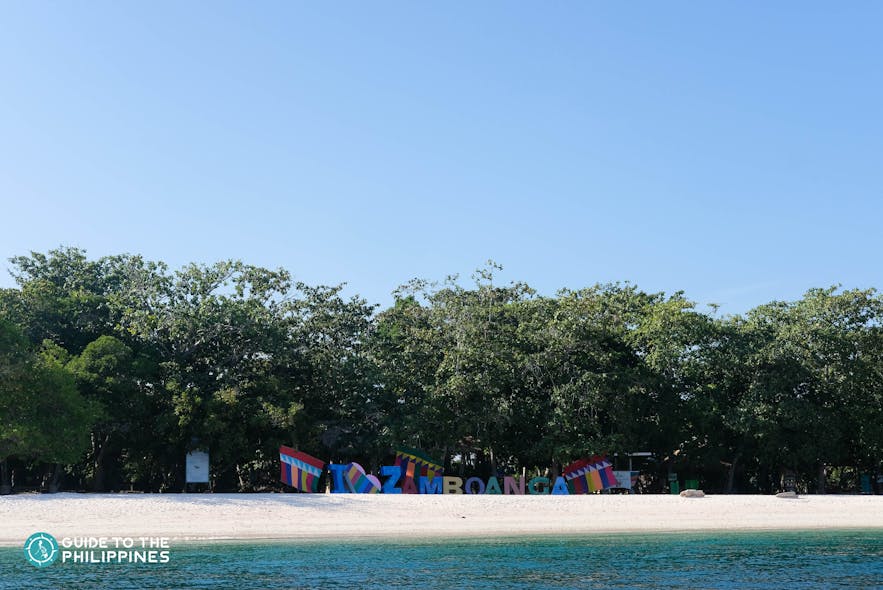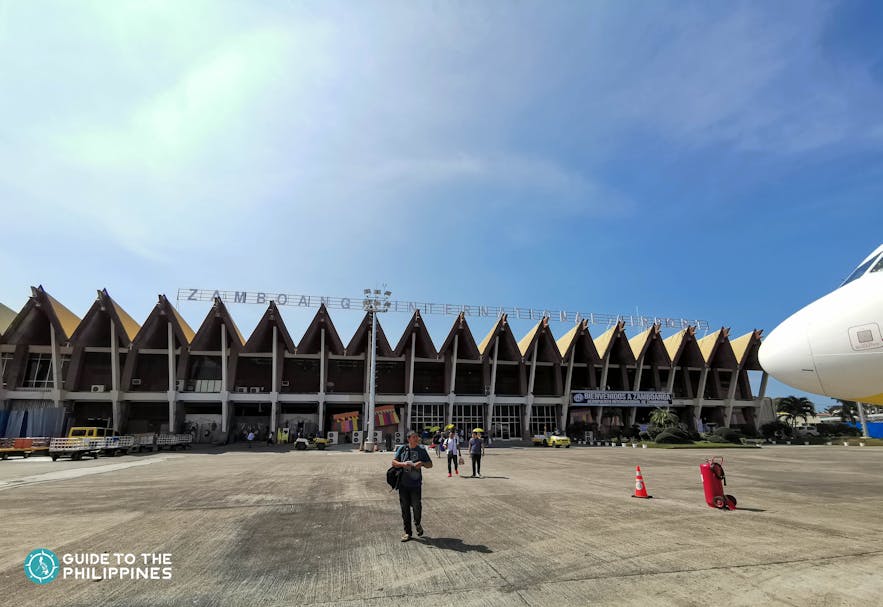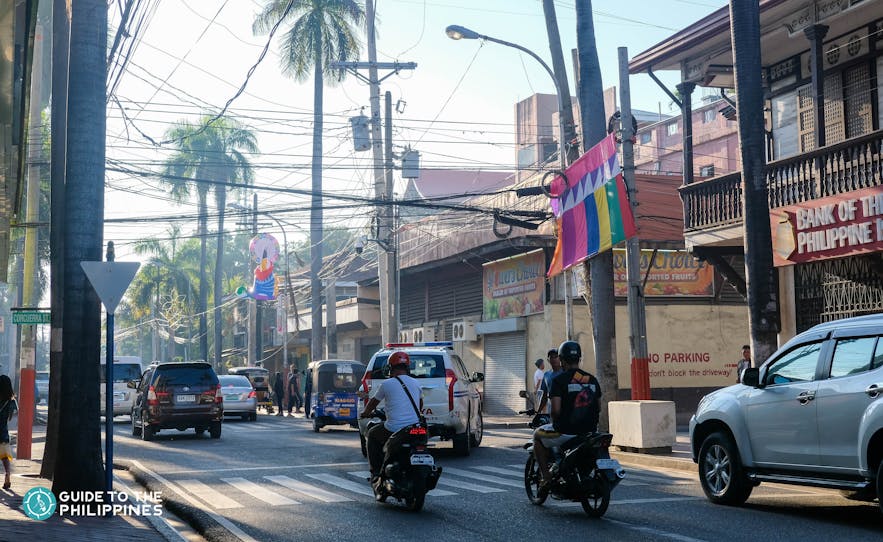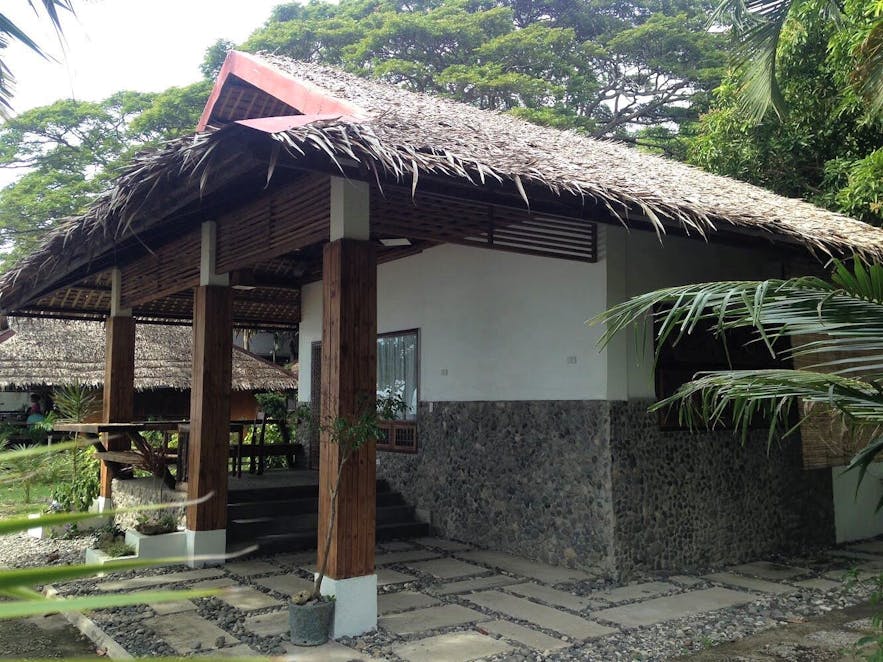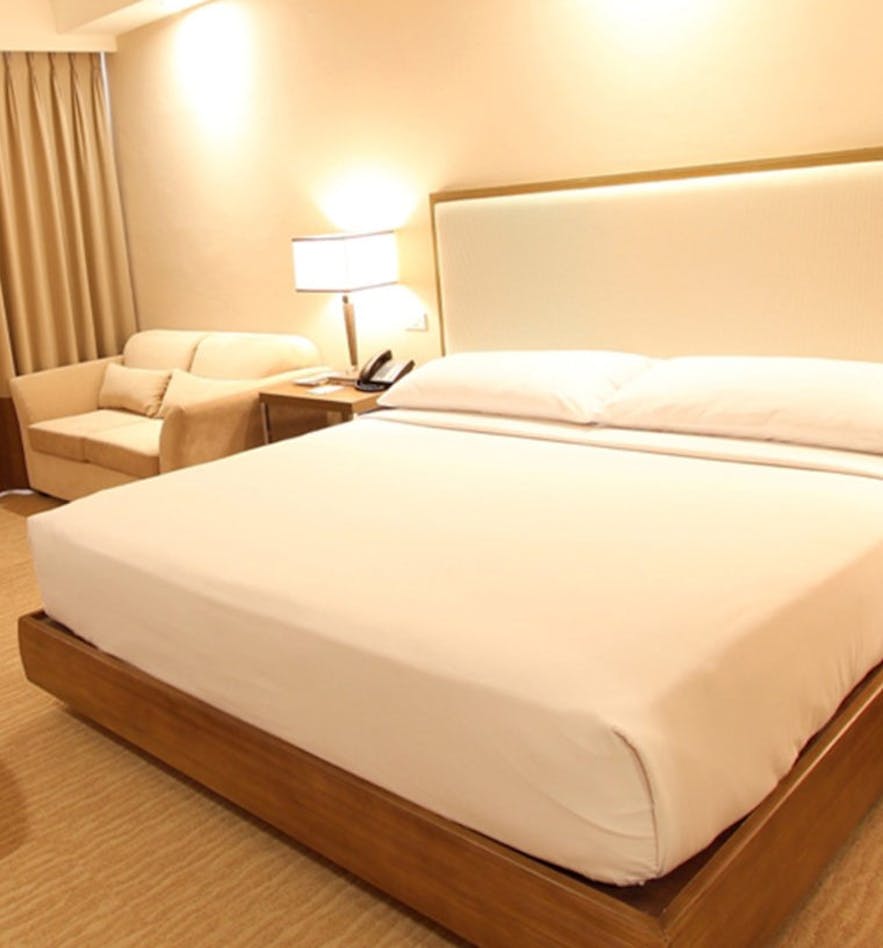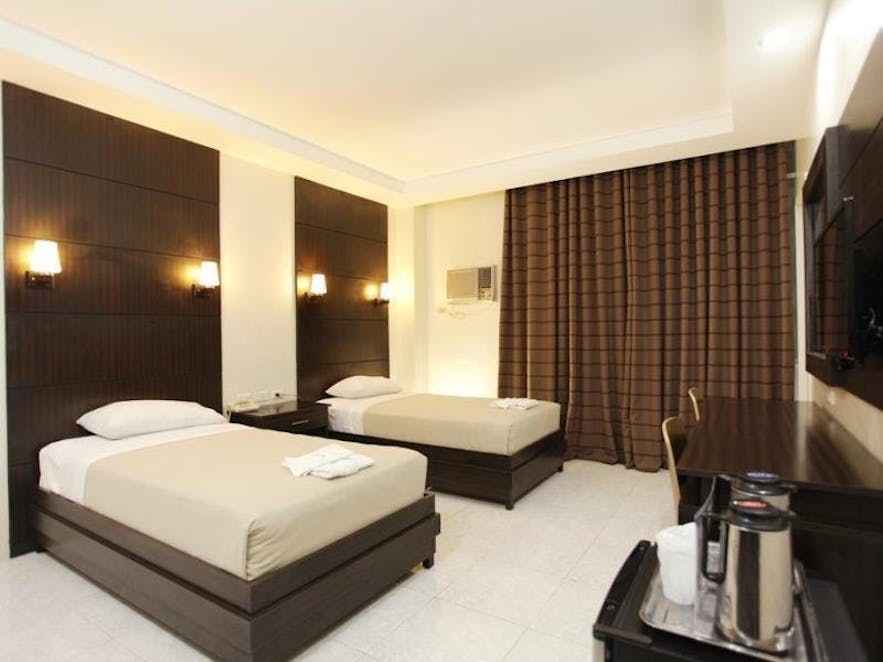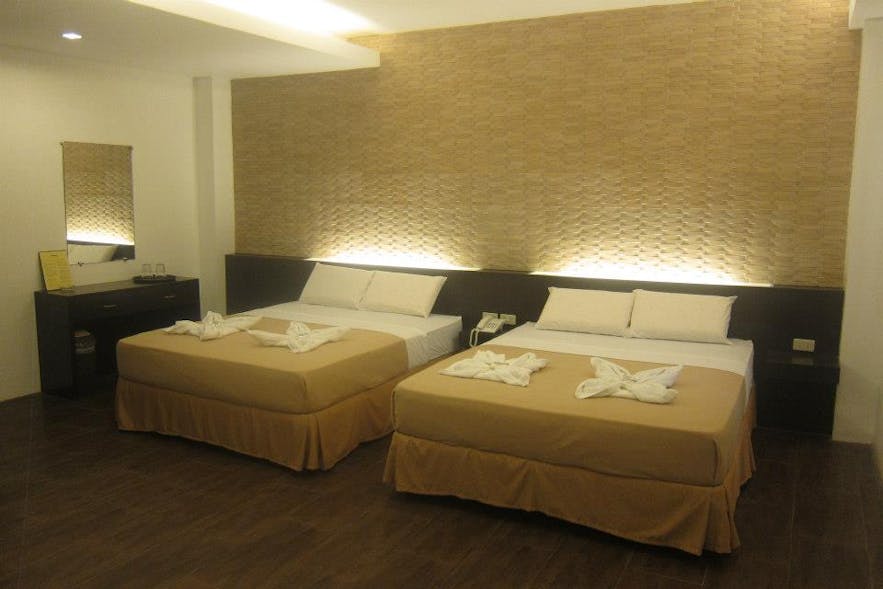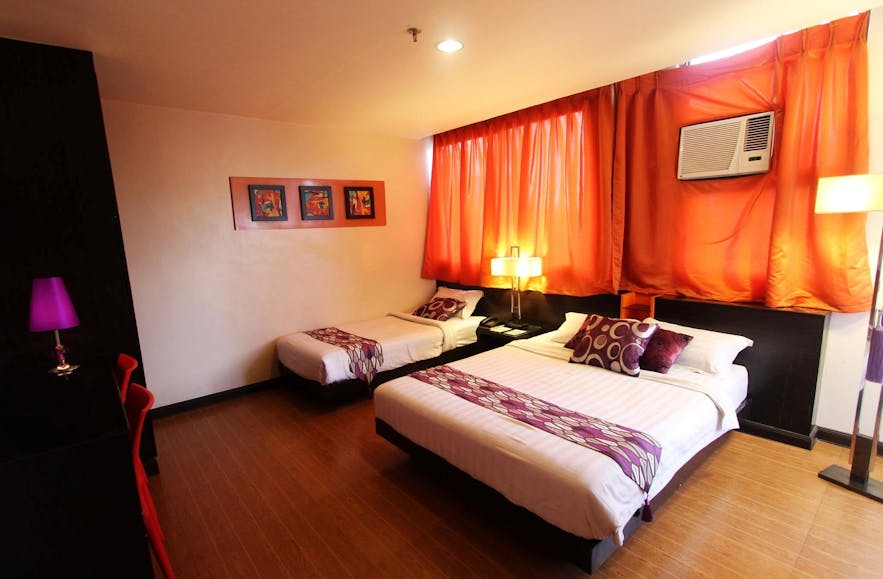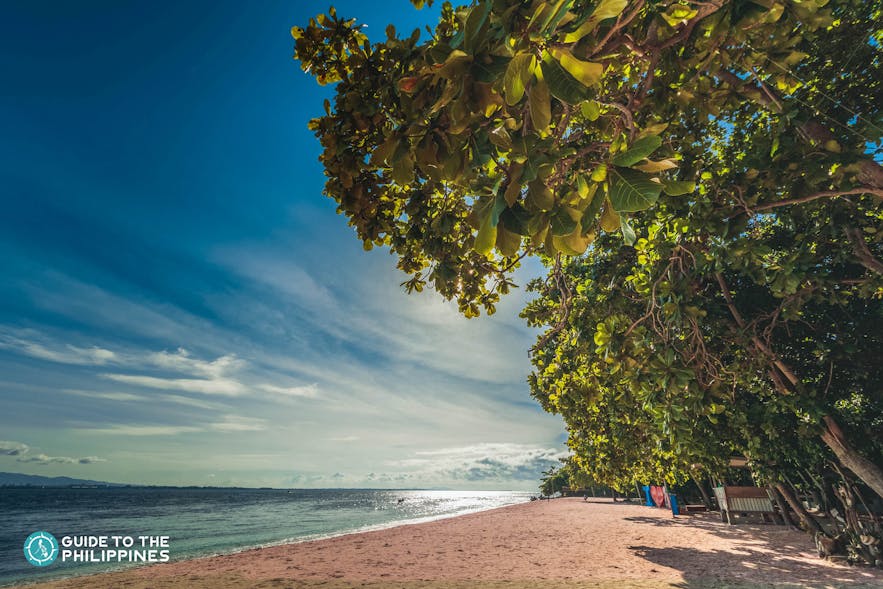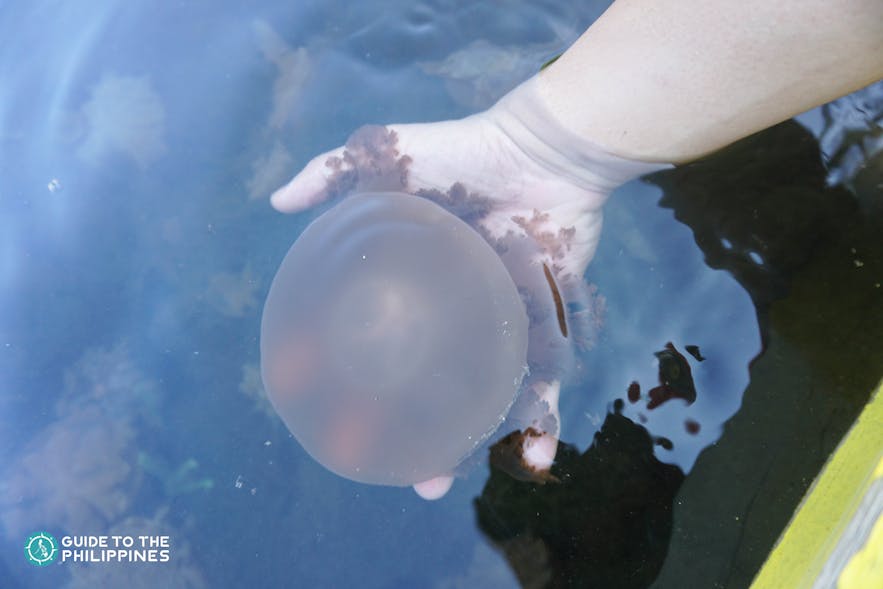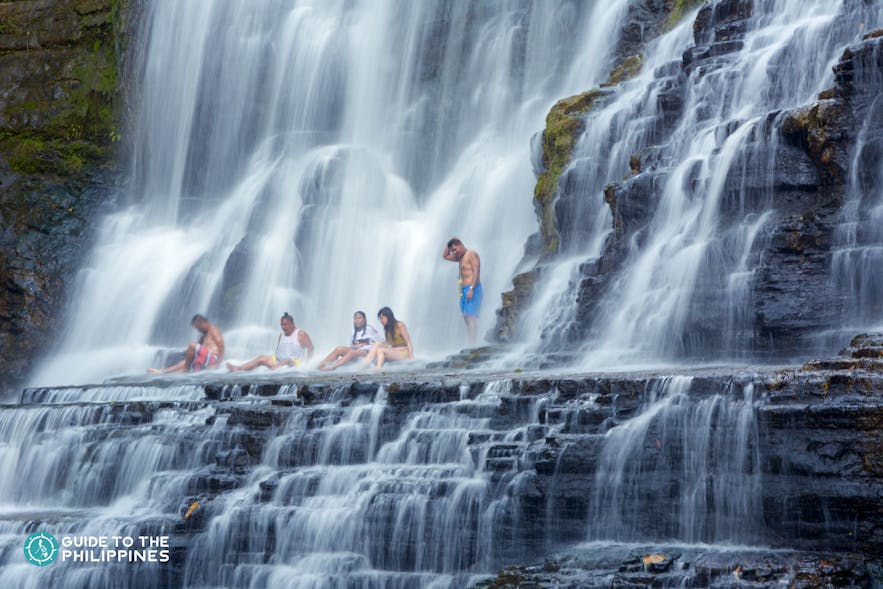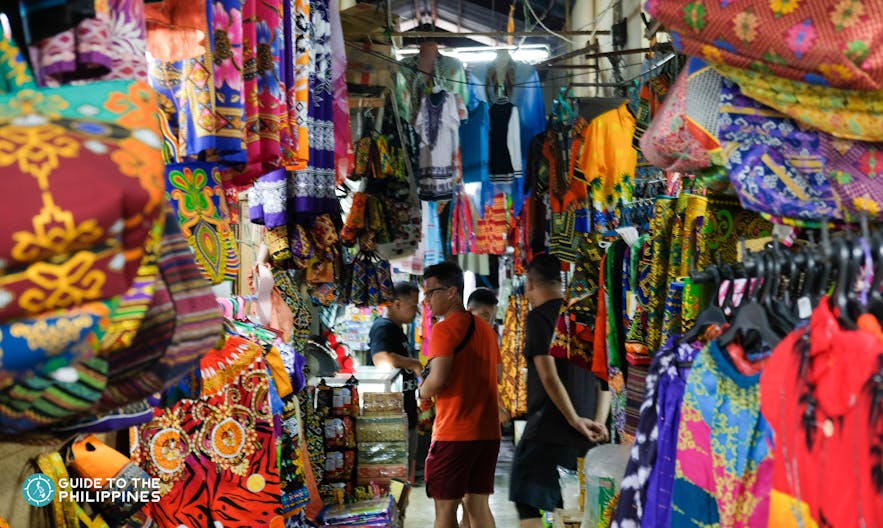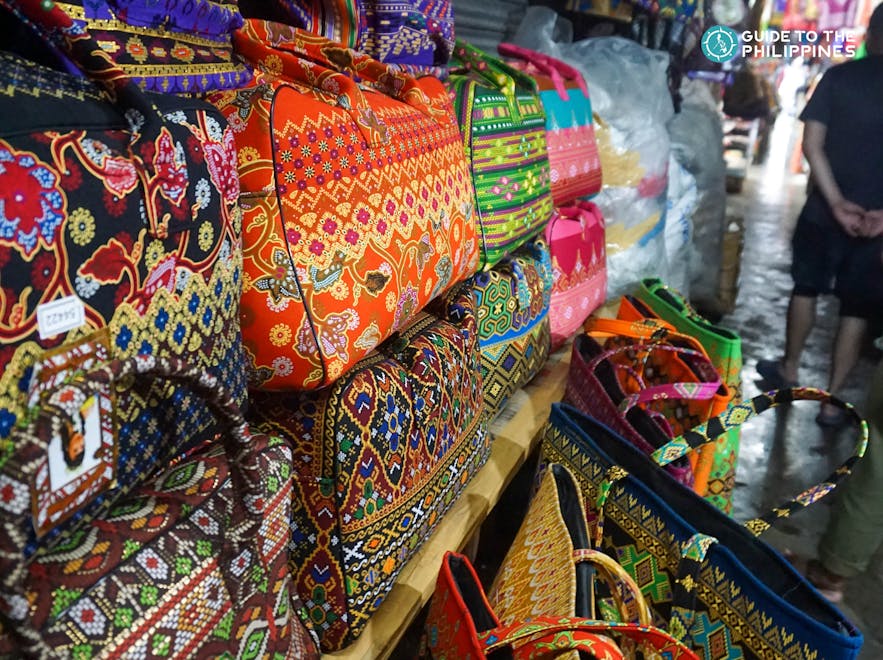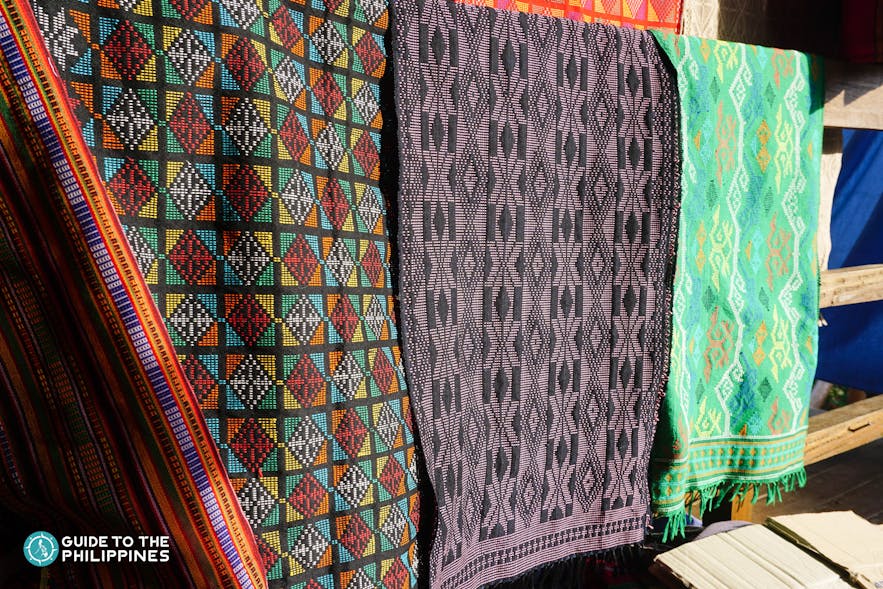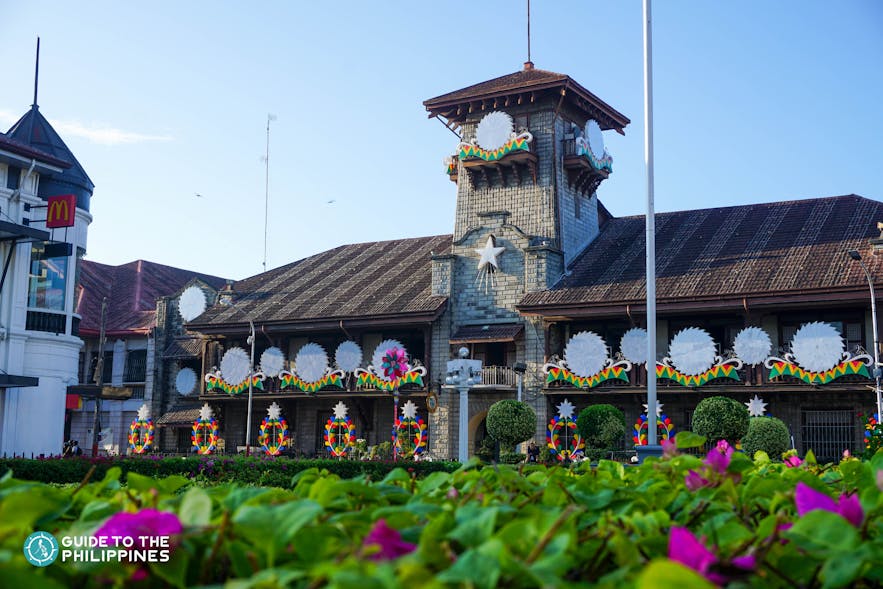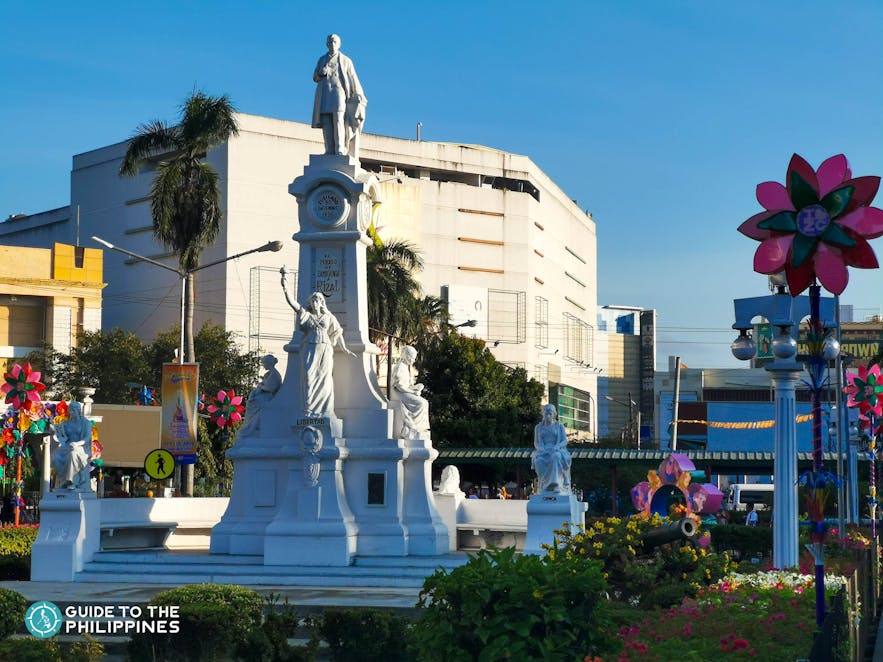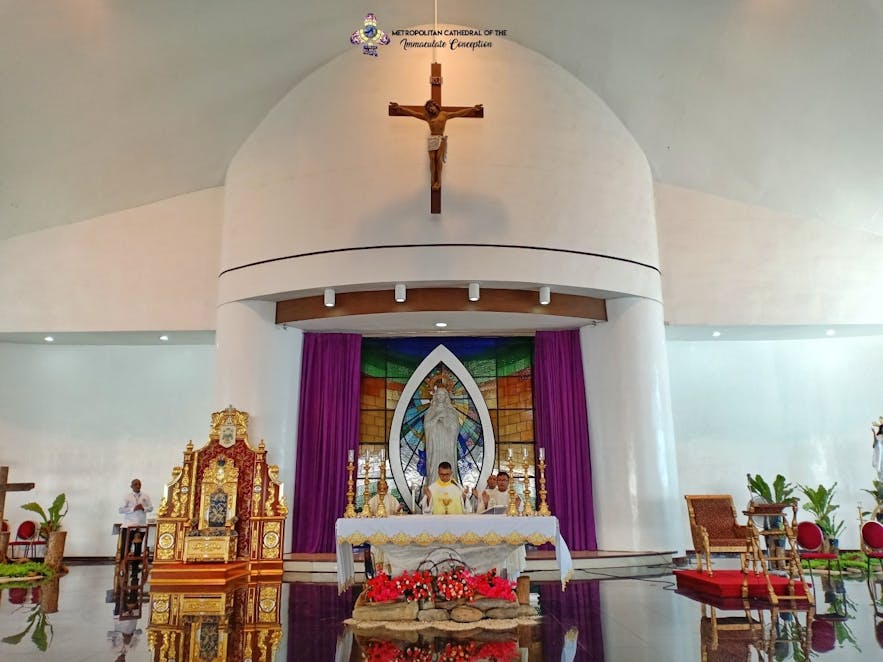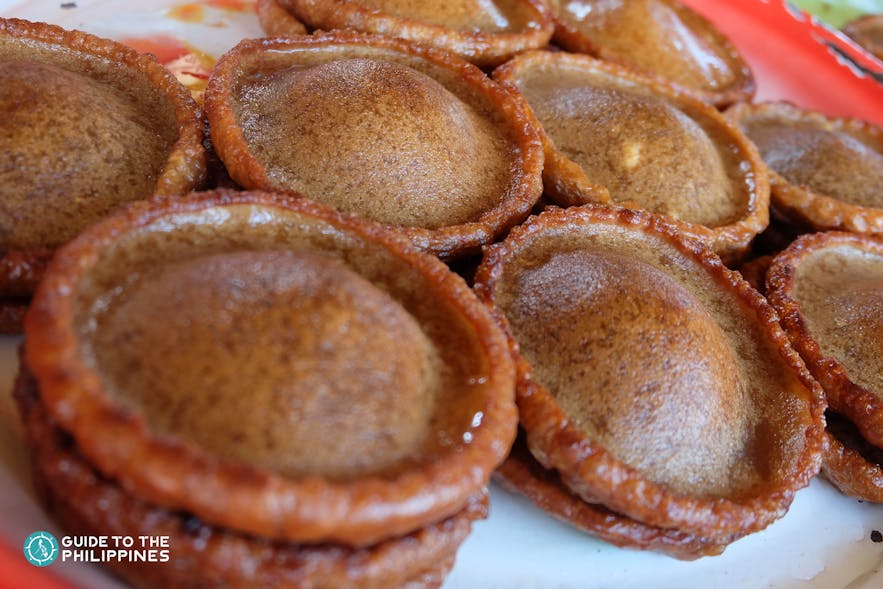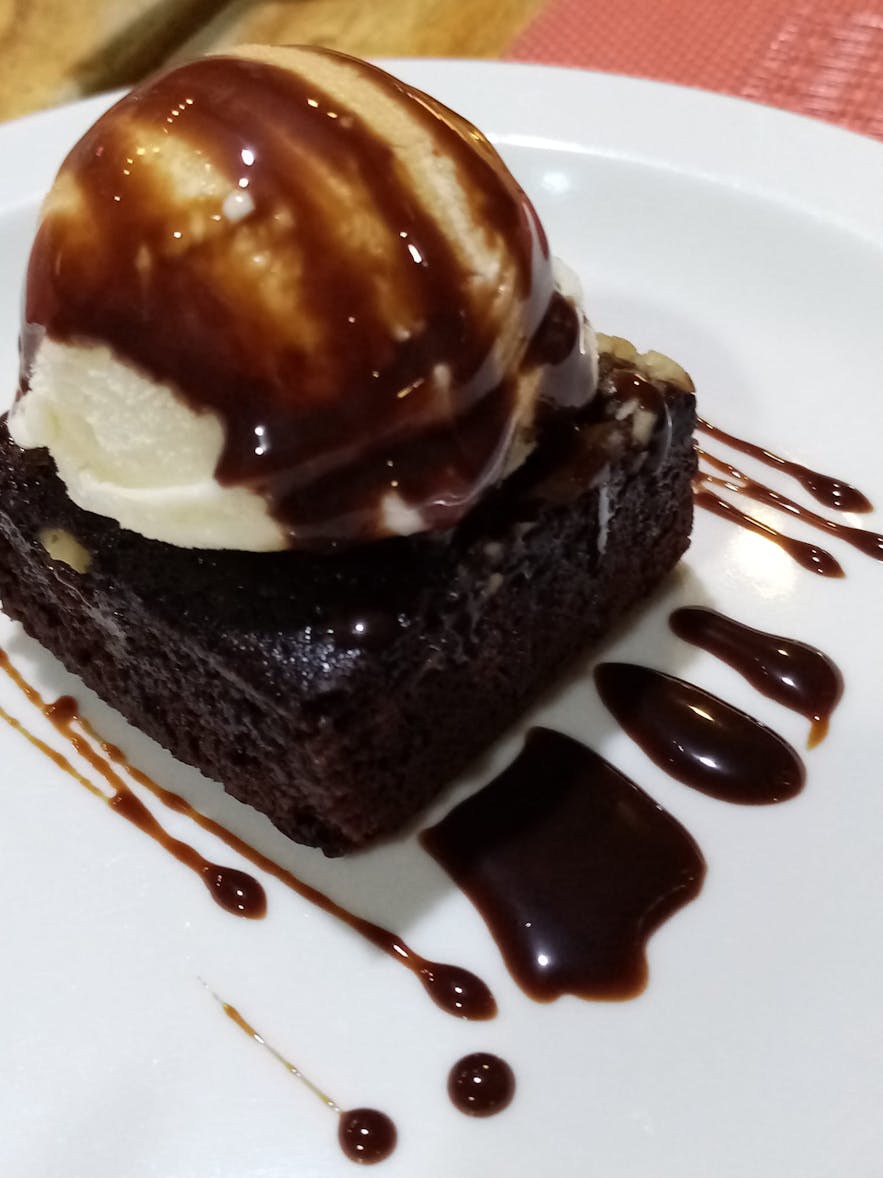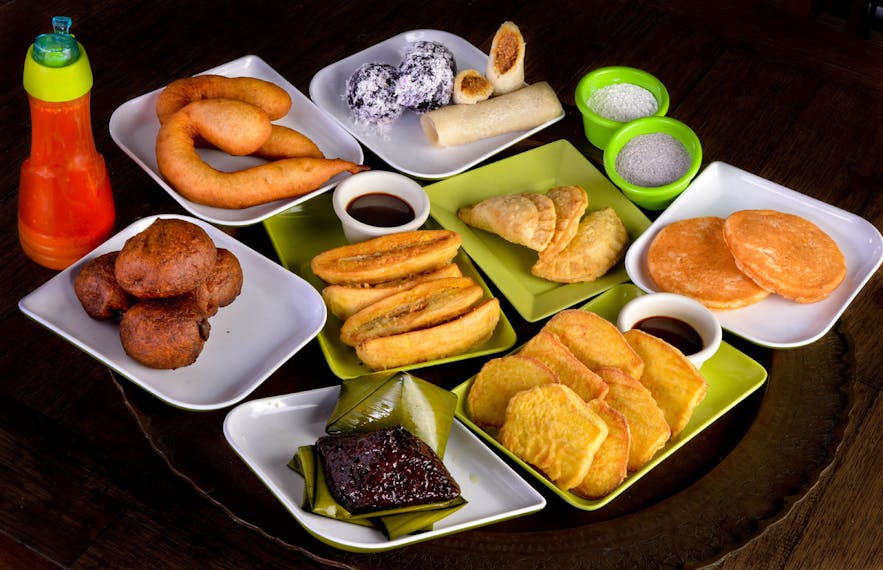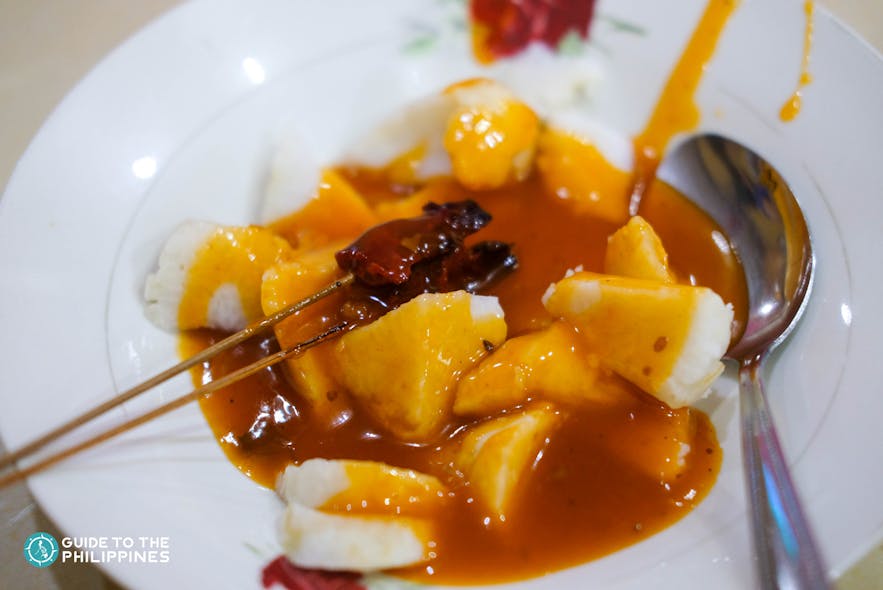Verified Expert
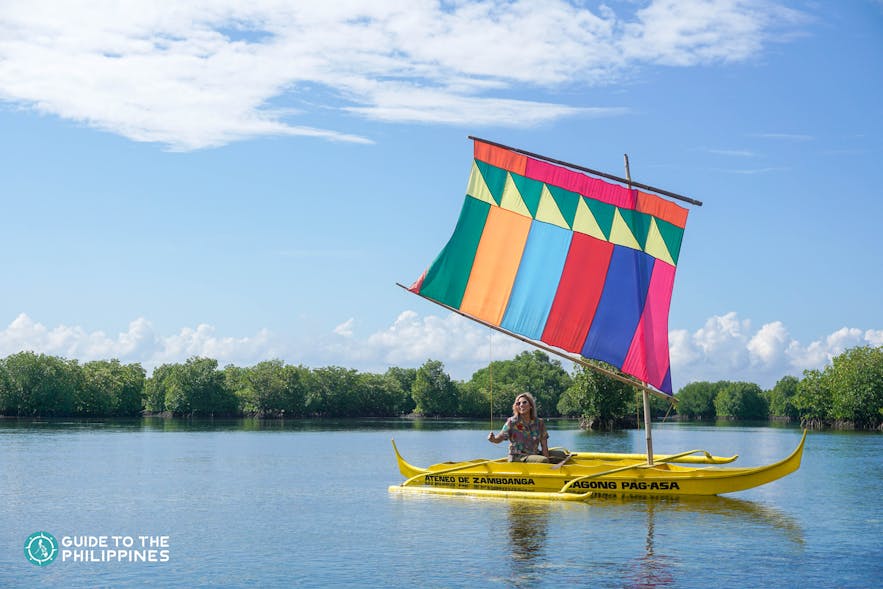
Explore Zamboanga City, known as the “City of Flowers”, and one of the most important and busiest port cities in the Philippines. Bursting with a diverse culture and rich history, Zamboanga City possesses a charm that would satisfy the curious traveler.
According to a widely accepted claim, the Philippines' Zamboanga City got its name from the Malay word "Jambangan", which means "flower garden". It's also referred to as "Asia's Latin City" due to traces of Hispanic influences as evidenced by the Spanish-colonial establishments that can still be seen around.
The city’s main language of Chavacano, a Spanish-based creole language, is said to be based on 80% Spanish and the rest from a mixture of Tagalog, Hiligaynon, Portuguese and Italian.
Zamboanga City is geographically part of the province of Zamboanga del Sur but is governed independently as a Chartered City.
Surrounded by a rich ecosystem thriving in the waters of Zamboanga Peninsula, the city has seen a steady increase in tourism arrivals in the last several years.
If you are into culture, tradition, history and local culinary exploration—then you’re in for a wonderful sensory feast when it comes to tours in Zamboanga City.
For first-time travelers planning a vacation to Zamboanga City, this travel guide should help you decide where to go, where to stay, and what to do while you’re there.
Best Time to Go to Zamboanga
Situated in Southern Mindanao, Zamboanga City usually avoids most of the typhoons that land in the Philippines all year-long, making it a sunny-weathered city. However, when a typhoon hits, expect flooding to occur in major roads.
So, please check the 7-day weather forecast before planning your trip. Rains do still occur during the monsoon months from June to early October. Climate conditions averages from a low of 24 °C to a high of 33 °C.
October | Hermosa Festival and Regatta Festival
If you want to time your visit to cultural revelries, there are three major festivals held in Zamboanga City for you to choose from:
Hermosa Festival, one of the biggest festivals in the Philippines, held all throughout the month of October. It features a colorful street parade merriment honoring the city's patron saint Nuestra Señora del Pilar (Our Lady of the Pillar).
Also called as "Fiesta Pilar", the celebration also comprises of different events such as art fairs, musical concerts, sporting events, Chavacano singing contest and a cultural program called "Wow Zamboanga" which aims to promote local culture, cuisine and talents.
Also held every month of October coinciding with the Hermosa Festival, the Regatta Festival or Regatta de Zamboanga features a fluvial racing contest comprising of the colorful iconic vintas of Zamboanga City.
A traditional outrigger boat of used by Mindanaoans for many centuries, a Vinta is highlighted by a vibrant hull with imaginatively sewn sails—truly personifying the Chavacano word of “Hermosa”, which means “beautiful”.
Spectators on this festival will get to witness these beautiful vintas sail on the waters of the Zamboanga Peninsula. In recent years, more than 1,000 vintas manned by two people has participated in this festival every year.
May | Flores de Mayo
Likened to most "Flores de Mayo" held all over the country, but more grandiose, this month-long festival known also as "Flowers of May" is celebrated in Zamboanga with much fervor and enthusiasm.
Honoring the Virgin Mary, the festival reaches its climax on the last day or May when beautiful women and their dashing escorts parade through the streets of the city in what is known as the "Santacruzan".
This spectacle is made more beautiful by the presence of colorful floral decorations. As part of the festivity, flower offerings are done every day in every church.
How to Get to Zamboanga
As a major port city, Zamboanga City serves as one of the main transportation hubs of Mindanao and is easily accessible by land, sea, and air.
By Plane
While there are still no international flights available, Zamboanga International Airport (ZAM) is well-connected to other domestic cities by air.
Philippine Airlines flies daily to Zamboanga from Manila and Davao while Cebu Pacific Air has flights from Manila, Davao, Cebu, Tawi-Tawi, and Cotabato City.
By Bus
Daily buses from Ozamis, Dapitan, Cagayan de Oro, Iligan, and Pagadian takes travelers to Zamboanga Integrated Transport Terminal. The main bus line plying the route of Zamboanga City to other places in Mindanao is Rural Transit Bus.
Their buses are painted with a reddish and orange livery. Bus travel from Cebu and Bacolod is also possible on a Ceres Bus Liner via a RORO ferry connection.
By Boat
2GO Travel ferries passengers every Sunday from Manila's Pier 4 to Zamboanga City. Travel time is around 40-45 hours. 2GO also have passenger ships sailing to Zamboanga from Cebu, Dumaguete, Davao, Dipolog, Iloilo and General Santos. Schedules from these destinations vary from weekly to bi-weekly only.
The Port of Zamboanga is considered as an international port of entry. It services sea routes from Sandakan, Malaysia via the Aleson Shipping Company. Other sea travel options include Weesam, Montenegro and Aleson passenger ferries from Jolo in Sulu, Bongao in Tawi-Tawi and Isabela City in Basilan.
By Car
Zamboanga City is located at the southern end of the Pan-Philippine Highway or the Asian Highway 26. This means you can reach the city by car via this highway connecting to Pagadian, Cotabato, General Santos, Davao, and Surigao—basically linking to most of Mindanao.
Getting Around Zamboanga
Zamboanga City is easily navigable and accessible to all sorts of vehicles. The leading mode of public transportation here are the jeepneys and tricycles, with some buses connecting commuters to neighboring cities.
In some areas, UV shuttle vans are also available the city center is located very near the airport making it easier for any traveler to get around the city upon arrival.
Where to Stay in Zamboanga
Photo by Vista del Mar Resort and Recreation Center
Contrary to its incorrect perception that Zamboanga City is a danger zone for travelers, the city has seen steady growth in the number of tourist arrivals during the last several years.
As a result, several new hotels, resorts, and family-own inns and bed and breakfast started operations to meet up with the growing demand.
In Zamboanga City, you can find a wide number of accommodation options that will fit your budget from vacation home rentals, inns and hotels, beach resorts, and even luxury ones.
Types of Accommodations
Zamboanga has a variety of accommodations to choose from ranging from vacation home rentals to budget inns, beach resorts, and upscale hotels. Traveling to Zamboanga shall meet all your budget restrictions when it comes to choosing an affordable place to stay.
Vacation Home Rentals
If you are traveling to Zamboanga for a bit longer time or for a working stint, it is advisable to look for a vacation home rental instead of staying per night at a hotel. Check out leading vacation home listings online to find the best one suited for yourself or your group.
Also, when traveling by a big group, you can save money when you opt to rent a vacation home from a few days to a week or even a month.
The rate for these vacation home rentals can prove cheaper if you consider the number of people in your group and divide among each the total cost and compare it to booking a private room in a posh beach resort.
Budget Hotels and Inns
The most prevalent type of accommodation in Zamboanga are the budget hotels and inns. These are very affordable compared to the ones found in more populous cities like Manila, Cebu, or Davao.
While most of these budget hotels and inns still aren’t listed online, you can ask any locals for directions or have your tour operator or tricycle driver direct you to one. Most of these budget inns offer the basic amenities of single or double beds in small private rooms.
Beach Resorts
Geographically facing the Moro Gulf and Sulu Sea, Zamboanga City is blessed with a surrounding shoreline dotted with several beach resorts. This is one of the most popular accommodations of choice by tourists staying in Zamboanga City.
Most beach resorts in Zamboanga have their own websites, so it is wise to reserve a room in advance to avoid the stress of scampering to look for one during your trip.
Luxury Hotels
Currently, most luxurious hotels in Zamboanga are rated 3- to 4-stars at most. These are the favorite among business travelers and settings for various industry conferences and conventions.
Accommodation Highlights
To help you prepare for your trip to Zamboanga City, here are some accommodation highlights divided into three budget categories to make life easier for you in planning your Zamboanga getaway.
Luxury Accommodations
Garden Orchid Hotel
Photo by Garden Orchid Hotel
Located strategically across the Zamboanga International Airport, the 4-star Grand Orchid Hotel is the city's biggest and most upscale accommodation. It has more than 200 rooms, a swimming pool, physical fitness gym, sauna room, business center and a travel agency.
Vista Del Mar Beach Resort
Photo by Vista del Mar Resort and Recreation Center
First envisioned by the late Maria Clara Lobregat—the first lady mayor of the city—as a place where locals "can come and spend the weekend with family", has now become the most popular beach resort in Zamboanga City.
This 7-hectare property provides accommodation options of cottages by the beach, Acacia tree-houses and private rooms. The beach resort also doubles as a farm destination thanks to its organic farm located within the property.
Mid-Range & Budget Accommodations
Grand Astoria Hotel
Photo by Grand Astoria Hotel
Located right smack at the city center near Metropolitan Cathedral of Immaculate Concepcion and Fort Pilar, Grand Astoria Hotel provides the ideal mid-range option for travelers to stay at. The hotel features a total of 145 rooms, a conference center, restaurant, free WiFi and 24-hour room service.
Casa Canelar Pension House
Photo by Casa Canelar Pension House
Located near the airport and KCC Mall De Zamboanga, Casa Canelar is another solid choice for mid-range and budget accommodation.
Cityinn Hotel
Photo by Cityinn Hotel
Another hotel that meets traveler's mid-range and budget criteria is this hotel that has become a favorite of business travelers and tourists alike. Cityinn Hotel provides 24-hour front desk service, luggage storage, Wi-Fi and car park to guests.
W Hotel
Photo by W Hotel
Simple, laid-back and situated near Fort Pilar, W Hotel is another good choice for any mid-range and budget traveler exploring the city of Zamboanga.
What to See and Do in Zamboanga City
Spanish-era Forts, old churches and mosques, spacious parks, heritage buildings, historic plazas, waterfalls, white sandy beaches and islands, living tradition centers and local markets are just some of the many fascinating places to see in and around Zamboanga City.
Selected by the Department of Tourism as a flagship destination to promote the area of Zamboanga Peninsula, the city has seen continuous growth in tourism arrivals in the last several years.
To help you list down the places you might want to visit in Zamboanga here are some of the must-visit places to see in the city.
Go Island Hopping at Once Islas (Eleven Islands)
Zamboanga City is becoming a known destination for beach-goers because of this emerging eco-cultural tourism destination known as the "Once Islas" (pronounced as "On-se").
This group of islands is composed of eleven mostly uninhabited islands located off the coast of Barangays Dita and Panubigan, was first groomed as a tourist destination in July 2018.
Today, the Once Islas is a site of an eco-tourism program where low-impact activities such as kayaking, swimming and hiking are practiced. An island-hopping tour in Once Islas is highly recommended.
Strict carrying capacity of 200 people is enforced to ensure sustainable tourism development in all the white sandy islands of Once Islas.
Explore Sta. Cruz Island's Pink Beach and Mangroves
Known for having a beach with sand that glistens with hues of pink (the Pink Beach), especially during sunrise and sunset, Sta. Cruz Island is a nature protected island with visitors only allowed until 4PM. They're also strictly implementing the no-plastic and no-waste rule for visitors of the island.
But during the day, visitors who try a Pink Beach excursion can enjoy swimming in the surrounding crystal-clear waters and explore the island's mangrove forest and lagoon where one can see hundreds of non-stinging jellyfish. You can also ride a colorful vinta boat after your mangrove tour.
There is also a small group of Sama-Bangingi community residing in the island. A century old Muslim burial site can also be found on the island called Badjao Cemetery. An excursion in Pink Beach usually includes this in the itinerary.
Sta. Cruz island is around 20 minutes away by boat from the port near Paseo Del Mar in Zamboanga City.
Swim in Merloquet Falls
Another popular side-trip destination in Zamboanga City, is this picturesque waterfall located some 70 kilometers east of the city in Barangay Sibulao. The two-tiered Merloquet Falls is around 10 meters high and approximately 25 meters wide.
It is highlighted by a spectacular wall of chiseled rock formations where you can climb up to enjoy the streaming cool waters. It can be reached by a short 15-minute hike from the highway in Sibulao. An excursion in Merloquet Falls is worth the time and budget.
Pray at the Fort Pilar Shrine
Built in 1635 by the Spanish as La Fuerza Real de San Jose garrison, Fort Pilar is now named after Our Lady of Pilar—the patroness of the Archdiocese of Zamboanga and transformed into an open-air park and shrine commemorating Zamboanga's glorious past.
Inside the fort, a National Museum branch can be found where you can see an extensive collection of historical artifacts, memorabilia, and paintings.
Shop at Canelar Barter
This market is the drop-off place of products imported from Indonesia and Malaysia coming from the country's backdoor route of Sulu Sea.
Inside you will find several interesting products comprising of colorful batik shirts, sarongs and dresses, hats, bags, scarves, souvenir items and even staple Malaysian grocery items such as Mie Goreng noodles and White Coffee.
Don't leave Zamboanga City without joining a guided day tour and buying pasalubongs at Canelar Barter Trade Center.
Watch the Weavers of Yakan Weaving Village
Get to know the living heritage weaving of the Yakans, an indigenous group of people from Basilan. Watch mostly women weavers hand-wove colorful clothing, table runners, brassware, and batik adorned with old-style geometric patterns.
It's a highly-recommended cultural site included in a whole day tour in Zamboanga. You can also buy their works as a souvenir and as a means of supporting their traditional weaving.
Feed Birds at Pasonanca Park
Built during the rule of the Americans, Pasonanca Park remains an idyllic setting right smack in the city center of Zamboanga.
Located approximately 7 kilometers from Fort Pilar, the park is also where the Instagrammable Zamboanga Tree House can be visited or spend the night in—on a reservation basis.
The park has an aviary, a botanical garden, a zoo and butterfly park, and three public swimming pools.
Visit Camp Limbaga
Located within the vicinity of Pasonanca Park is Camp Limbaga. Here, you will find 24 boy scout huts that appear like taller versions of the wigwam dwellings of Native Americans. These huts made of aluminum tins and concrete floorings are used boy scouts who want to go camping at the Park.
Camp Limbaga was named in honor of Zamboanga resident Scout Antonio Limbaga. He was one of the 24 Filipino boy scouts who died in a plane crash on their way to the 11th World Jamboree in Greece on July 28, 1963.
Marvel at the Architecture of Zamboanga City Hall
Considered by the National Historical Commission of the Philippines as a National Historical Site, Zamboanga City Hall was first built in 1905 and finished in 1907. The Zamboanga City Hall is a perfect example of a Filipino Colonial Architectural design.
One of the many still surviving heritage structures in the city, it was first used as the official residence of the US Military Governor of the then Moro Province before becoming Zamboanga's City Hall since 1937.
Across the city hall is Plaza Rizal, where a white statue of Dr. Jose Rizal stands. This cultural landmark is included in a heritage tour in Zamboanga.
Go Bird Watching at ZSCMT Bird Sanctuary
A wetland located inside Zamboanga State College, the ZSCMST Bird Sanctuary welcomes visitors who are up for a bird watching activity.
ZSCMST, which stands for Zamboanga State College of Marine Sciences and Technology, manages the marsh where a variety of migratory bird species can be seen—just like in Candaba Swamp in Pampanga.
Visit the Metropolitan Cathedral of Zamboanga
Photo by Metropolitan Cathedral of the Immaculate Conception
Built in early 2000, this cathedral is famous for its candle-like design and the marble statue of Immaculate Concepcion designed by Napoleon Abueva—a Philippine National Artist for Sculpture.
Beside the cathedral, you can enter a columbarium where you will see stained-glass images of the 12 apostles. Metropolitan Cathedral of the Immaculate Conception is located at La Purisima Street in downtown Zamboanga.
Hang Out at Paseo del Mar
During day time, one can view Sta Cruz and Basilan Island from here as well as the spectacular sunset. Come nighttime, the place becomes a lively spot with live bands, food stalls and vibrant street lamps lighting up the night. It's a well-known attraction included in a day trip in Zamboanga.
Visit the Taluksangay Mosque
An hour and a half outside of Zamboanga City in Barangay Taluksangay, situates the oldest mosque in Western Mindanao.
Taluksangay Mosque is a must-see side trip destination in Zamboanga City because of its historical significance as the "first center of Islamic propagation in Zamboanga Peninsula”. Most of the residents of Barangay Taluksangay are from the Sama Banguingui people.
What to Eat and Drink in Zamboanga
As a major port city dating back prior to the arrival of the Spanish, Zamboanga became a melting pot of various cultures. Muslims from the Middle East, Indonesia and Malaysia, Chinese and later the Spanish and even Visayan settlers, all made their way to the city.
The resulting effect to the local cuisine was a medley of flavors and textures, that up to now has made Zamboanga City a very underrated culinary destination.
Molded by centuries of cuisine fusion among many food influences, Zamboanga has become a place where one must set out on a gastronomic exploration to fully savor its local taste.
Local Cuisine
Zamboanga City is among the many cities in the Philippines where you can easily fill up a top 10 list of "must-eat local food" because there are so many cuisines that originated from this region. If you are a certified foodie, then here are some must-try local food in Zamboanga.
Sama Bangingi Muslim Delicacies
When in Zamboanga city, one must try a plateful of assorted Muslim delicacies such as the ones passed from one generation of Sama-Bangingi ethno-linguistic group from the Greater Sulu Archipelago. These are Baulo—a baked rice delicacy usually served during Eid al-Fitr.
It also includes the Lokot-lokot which is made from rice flour pounded into powder and friend and formed into crunchy rolls. Other snack items included in these platters are the panganan, kalling, pitis patani, baulo tapung, and panyam bangingi.
Baked Imbao
In Zamboanga, clams are prepared in several diverse ways and one of the most popular is by baking it. Baked Imbao clams are made more tasteful with garlic and butter. It is the perfect appetizer to any dish.
Latal (Moro Cuisine)
What better way to get a taste of local Zamboanga cuisine than having a plateful of "Latal". Latal is a platter of a variety of Tausug native delicacies consisting of tiulah itim – a goat and beef stew dipped in black broth made from roasted coconut, beef kulma, beef piyassak, chicken piyanggang, kiyaliyah kapayah, fried fish and chicken kiyaliya. You can order this at Bay May Tal.
Chupa Kulo
A bowl of Chupa Kulo is always expected to be served in the dining tables of houses located in the coastal towns and islands surrounding Zamboanga City. Chupa Kulo are snails simmered in coconut milk and squash. Eating it is a bit tricky though as you will need to suck the slimy yet scrumptious meat from the shell’s tiny hole.
Chicken Piyanggang
A Tausug chicken curry dish cooked with burnt coconut paste making it appear color black. Don't be fooled by its un-appetizing appearance because it pops with a rich flavor.
Recommended Best Restaurants and Bars
As a melting pot of various Southeast Asian, Chinese and even Spanish cultures, Zamboanga is filled with a variety of food options.
From staple seafood dishes cooked with added twist to Muslim delicacies bursting with rich flavors and the rest of local cuisine prepared Chavacano-style, there’s lot to crave for and taste in the city of Zamboanga.
For many, the city’s gastronomic scene is very underrated and should be considered as among the best in the Philippines. It's why a lot of travelers focus on doing a food and cultural tour in Zamboanga.
To help you plan your food exploration of Zamboanga City, here are some of the city’s finest and highly recommended dining places:
Alavar Seafood Restaurant
Photo by Alavar Seafood Restaurant
No visit to Zamboanga City is complete without trying out Alavar Seafood Restaurant’s Curacha, a deep-sea giant crab that’s almost the size of a child’s face.
Using your bare hands, crack the shell open to reveal the thick and juicy meat inside. Don’t forget to smother it in the restaurant’s signature Alavar sauce!
You will be surprised at how many crabs you’ve licked clean, as the Curacha is a delight to the taste buds. Other must-try dishes at Alavar include the dinuguan cooked Chavacano style, prawn curry, grilled tuna jaw, pinakbet Chavacano, Paella Chavacano and many more.
Paseo del Mar and Palmeras Restaurant
Paseo del Mar and Hacienda Palmeras are popular spots to try the Knickerbocker. If compared to the halo-halo, one will find similarities as both are composed of diced assorted fruits topped with milk and crushed ice.
What makes it different though is the Knickerbocker is served with fresh fruits (usually: watermelon, apple, mango, pineapple and melon) and topped with milk cream, jelly cubes, and ice cream. It’s a bowl of refreshing dessert concept.
Tsokolate Restaurant
Photo by Tsokolate Zamboanga
Aside from sweet cakes, pies and pastries, Tsokolate also serves hot plated meals to partner with their sweet-smelling and flavorful brewed coffee.
Mixing great food with a laidback ambiance, you also get to feast your eyes on the place’ cool interiors adorned with decorations like vinyl records and pop culture mementos. This amiable nook is the perfect spot to spend time with friends while enjoying a satisfying meal.
Dennis Coffee Garden
Photo by Dennis Coffee Garden
People come here for their perfectly brewed coffee, Tausug cuisine and traditional native pastries that originated from Sulu archipelago.
Don’t forget to try out a platter of Daral (comparable to a crepe but with a sugary coconut filling), Jualan (fried bananas that come with a sweetened dip), Pulihmandi (purple colored balls made of rice and covered with coconut shavings) and Sulu’s version of a pancake called apam.
Dennis Coffee Garden has locations at Labuan-Limpapa National Rd. and KCC Mall along Gov. Camins Rd. (near the airport), Zamboanga City.
Country Chicken
One of the oldest restaurants in the city, Country Chicken serves arguably the best seafood paella in Zamboanga. So, don't skip this one. Aside from Filipino-Spanish cuisines, they also serve Italian inspired pizzas and pasta.
Harley’s Food and Craft Beers
The craft beer culture has also reached Zamboanga City. Thanks to this motorcycle-themed pub, diners can now enjoy Asian Halal Food and pair it with craft beer varieties from Fat Fauly's Handcrafted Ales and Lagers—a local brewery based in Iligan City.
Bay Tal Mal
No 'Where to Eat in Zamboanga City' list is complete without the inclusion of Bay Tal Mal. Coined from the Arabic word ‘Bayt-ul Mal’ which means ‘House of Wealth’, Bay Tal Mal serves traditional Tausug and Halal Moro cuisines.
The Moroccan inspired interior sets an idyllic mood that’s perfect for feasting on Latal—a platter of a variety of Tausug native dishes. These go great with rice and other favorites such as chicken piyanggang and kiyaliya.
Jimmy’s Satti and Johnny’s Morning Sun Satti
In Zamboanga, the Satti Ayam is considered as the “breakfast of champions”. Come sunrise and you will see locals flock to Jimmy’s Satti and Johnny’s Morning Sun Satti to start their day with a filling meal.
The Satti Ayam or Sati is a flavored barbecue (chicken, pork or liver) that’s eaten with a soupy, sweet and spicy sauce and rice wrapped in coconut leaves.
If you are a tourist arriving in the morning, you can head straight to either Jimmy’s Satti or Johnny’s Morning Sun Satti because both eateries are located just on the side of the road not far from the airport.
La Vista del Mar
A favorite among seafood lovers, this seaside restaurant serves many of the region’s heritage cuisines. A scene-stealing dish here is a healthy bowl of goodness called Ensalada Chamba.
It’s an appropriate play on the word chamba, which means ‘stroke of luck’ because the combination of the ingredients (namely diced mangoes, sliced eggplants, salted egg, cucumber and others) just happened to blend perfectly well.
Bar Code
If you want to mix a good meal and some live entertainment care of talented local musicians, then head out to Bar Code. They serve Filipino and local Tausug cuisines.
Practical Information and Tips
For a hassle-free and convenient trip to Zamboanga City, it's important to read up on these practical tips. These will be very useful especially if it’s your first time in Zamboanga:
Currency
Philippine Peso (PHP) is the main currency used in Zamboanga City. Money Changers such as Sitti's Money Changer, MOHD Money Changer and Hesham's Money Changer can be found in the downtown area of the city as well at the airport and in SM City Zamboanga and KCC Mall.
Withdrawing money from an Automated Teller Machine (ATM) isn’t a problem in Zamboanga City, as leading banks such as BDO, BPI, Metrobank and Security Bank have several ATM outlets all over the city center.
Language
The language in Zamboanga is Chavacano (a Spanish-based Creolo language), but English, Tagalog and Hiligaynon are also widely spoken in all of Zamboanga City. However, it is still music to the ears of the locals if tourists exert effort in speaking their language.
Here are some useful Chavacano phrases you could use in conversing with residents of Zamboanga City.
- "Bienvenidos" - "Welcome"
- "Buenas Dias and Buenas Noches" - "Good morning" and "Good evening"
- "Muchisimas Gracias" - "Thank you very much"
- "Cosa, Porque, Onde, Quando, Paquelaya" - "What, Why, Where, Where, When, How"
- "Que tal lu" - "How are you?"
- "Buen dia" - "Have a nice day"
- "Cuanto esti" - "How much is this?"
Safety Concerns
Zamboanga City has been unfairly portrayed as an unsafe city. Truth is, Zamboanga City is considered a generally safe city no different than other cities in the Philippines.
Of course, be wary of isolated incidents of scammers and pick-pockets. Also, don’t let the sight of military checkpoints frighten you.



